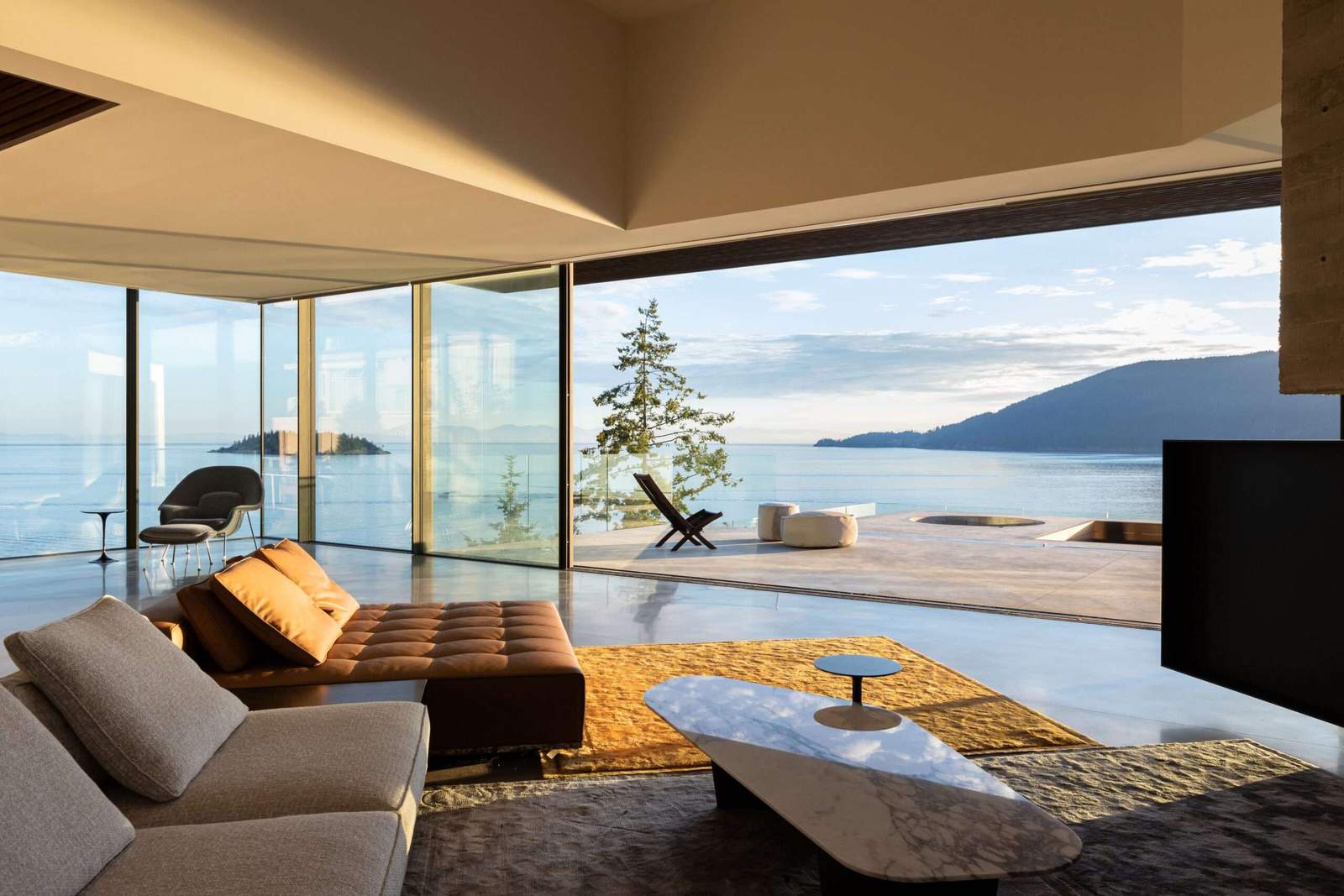The long, harmonious relationship between Frank Lloyd Wright and Steelcase commenced in 1939, when the manufacturer brought the prolific architect and designer’s furniture creations for the Great Workroom at the SC Johnson Administration Building in Racine, Wisconsin, to fruition. That historic connection (strengthened in 1985, when Steelcase purchased Wright’s 1909 Prairie School masterpiece, the Meyer May House, in the company’s Grand Rapids, Michigan, hometown) finds the limelight once again with the Frank Lloyd Wright Racine collection by Steelcase, which launches today.
“So often, we think about Wright’s work in terms of his residential designs, but his commercial output was just as visionary,” says Stuart Graff, president and CEO of the Frank Lloyd Wright Foundation. “The SC Johnson building furniture included in the Racine collection elevated the importance of design at all levels of the workplace, giving every employee a chance to benefit from exceptionally beautiful and functional workspaces.”
Comprising a spruce, multi-tiered desk with a trifecta of curving drawers, a complementary guest chair flaunting a sleek ladder silhouette, and a spacious lounge chair—unveiled to the public for the first time—the range’s arrival coincides with the emergence of the WFH era. Each design is available in two iterations: Signature, a reintroduction of Wright’s original designs; and Modern, loyal reinterpretations with contemporary proportions and materials in mind.
For the Signature collection, the pieces were precisely matched to the burnished red paint that was embraced throughout the SJ Johnson building. Steelcase’s textile division, Designtex, closely replicated the chair’s vintage fabric, updating the low-pile epingle upholstery with high-performance reliability, leading “us to have the ability to offer consumers a very close facsimile to what was produced back in the ’30s by Steelcase,” says Meghan Dean, the brand’s general manager of ancillary merchandising and partnerships. One caveat? The proportions of the petite desk were ramped up to offer contemporary comfort.
The Modern collection, in contrast, has some revisions. In 1939, Wright’s desk was made solely “in that wonderful burnt red” hue, adds Dean, but knowing that consumers now relish more neutral options to mesh with their interiors, Steelcase has woven in “some dark bronze, sandy creams, glossy blacks, and [desktop] wood veneers in natural oaks and walnuts.”


